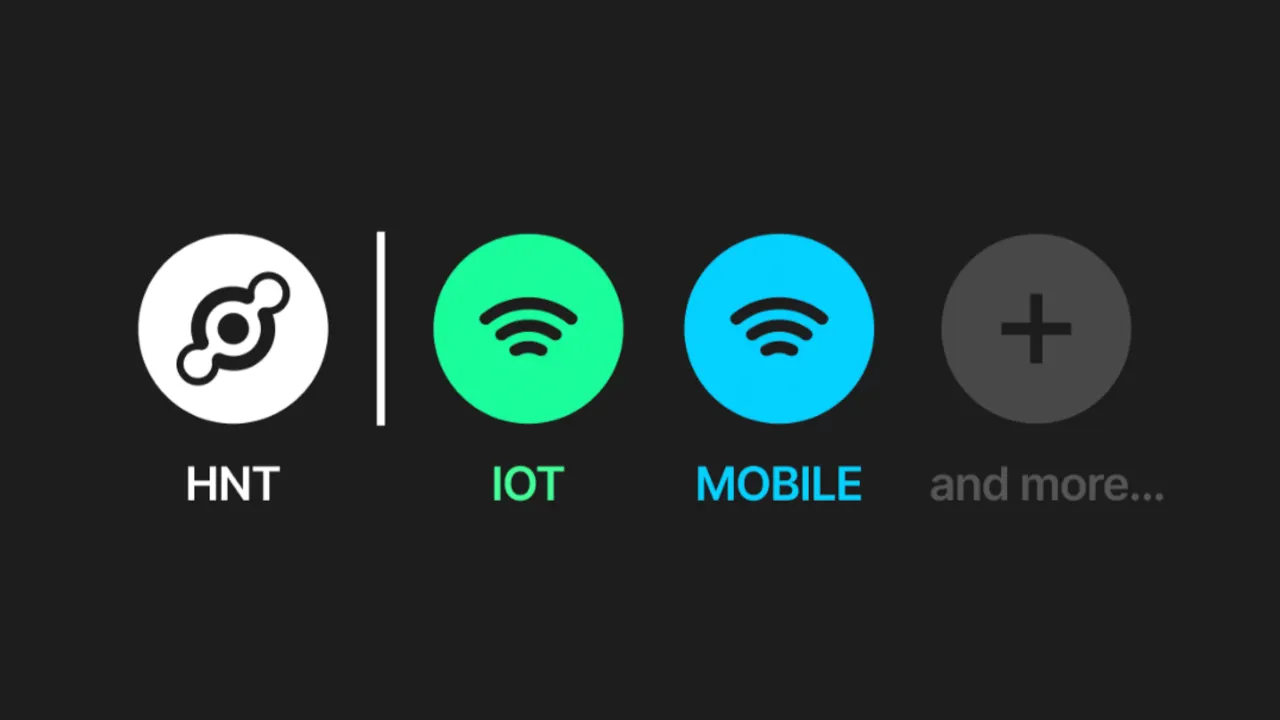In brief
- Helium will launch new MOBILE and IOT tokens as it expands its crypto-powered wireless network.
- The token-incentivized network may also expand to include additional decentralized protocols.
Helium's novel concept—standing up a wireless network for sensors and trackers that is powered by token-rewarded node operators—has earned significant support. Nova Labs, the recently-renamed startup that represents Helium’s founders, announced today that the network will launch new crypto tokens tied to individual networks.
The shift to a new model comes as Helium attempts to expand its offerings with 5G connectivity and more.
The existing HNT token will continue to exist and serve as something of a “reserve currency” or “floor currency” for the expanding Helium ecosystem, Nova Labs CEO and co-founder Amir Haleem told Decrypt.
Meanwhile, Helium will first launch a new MOBILE crypto token this month, which will reward people who operate a 5G node and contribute coverage to Helium’s latest network.
Early adopters who run 5G nodes—there are about 5,000 of them, Haleem estimated—are not currently being rewarded for providing coverage for devices like phones and laptops. That will change once the MOBILE token is live, ahead of Helium’s plans to rapidly scale the 5G network as hardware partners like FreedomFi seek to lower prices for the nodes.
In August, the network plans to launch a new IOT token that node operators will earn for the original LoRaWAN network designed for Internet of Things (IoT) devices, like sensors and trackers. The network now has more than 850,000 active nodes around the world, up from 640,000 in mid-March. That tally has climbed rapidly since the start of last year.
Existing HNT tokens—whether earned via running nodes or bought on secondary markets—will continue on as-is, even after the launch of the new MOBILE and IOT tokens.
Either of those tokens can be exchanged for HNT as holders please, a process that Haleem likened to the former ability for U.S. dollars to be swapped for gold. However, it’s a one-way process—Helium won’t provide a way to swap HNT back for MOBILE or IOT.
The community has passed HIP-51, which provides the economic and technical constructions of scaling the Helium Network to support new users, devices & different types of networks 🗳️✅https://t.co/19crjUoqlO
— Helium Foundation🎈 (@HeliumFndn) June 8, 2022
Furthermore, as the new tokens launch, Helium will enable MOBILE and IOT token holders to govern each respective protocol via a new sub-DAO, or decentralized autonomous organization. A DAO is an online community created around a shared goal, including protocol governance.
“As we've seen with Helium, the network is always evolving,” said Haleem. “There's always new challenges. There's always new things to think about, and how to govern all of these different protocols is a complicated question. Putting it in the hands of the token holders for each protocol, I think, is a really interesting way of solving that.”
Helium’s new token launches and associated changes are being billed as “Chapter 2” for the network, and were passed in a community vote that concluded on June 7. Ultimately, the HIP 51 proposal was supported by about 97% of the token share used for voting. Subsequent HIP 52 and HIP 53 proposals will ultimately yield the new sub-DAOs for each protocol.

The passed proposals and today’s announcement point to the short-term changes coming to the Helium network, but they’re indicative of a larger shift—a “network of networks” approach that can bring additional future protocols under the Helium umbrella in the future.
Helium could encompass a wide range of connectivity protocols—including Wi-Fi or content delivery networks (CDNs), for example—and the HIP 51 proposal clears the way for decentralized VPN service Boring Protocol to join the network, as well.
The original IoT network continues to grow rapidly, and with MOBILE launching this month, Haleem said he expects the number of 5G nodes to accelerate, as well. In time, we could see Helium’s expanding crypto incentives model drive a wide array of distributed protocols.
“We wanted to figure out a way to be able to add all of these different protocols into Helium in a way that continued to accrue value to the whole ecosystem,” Haleem said, “and added value to the people bringing those protocols to the network.”





